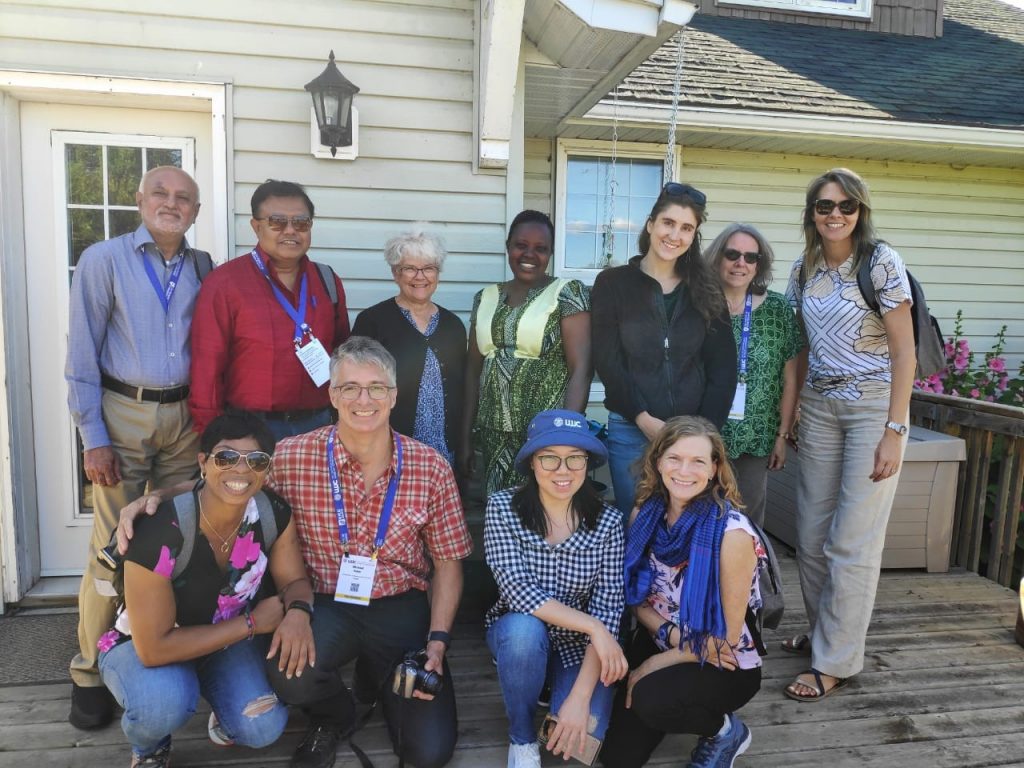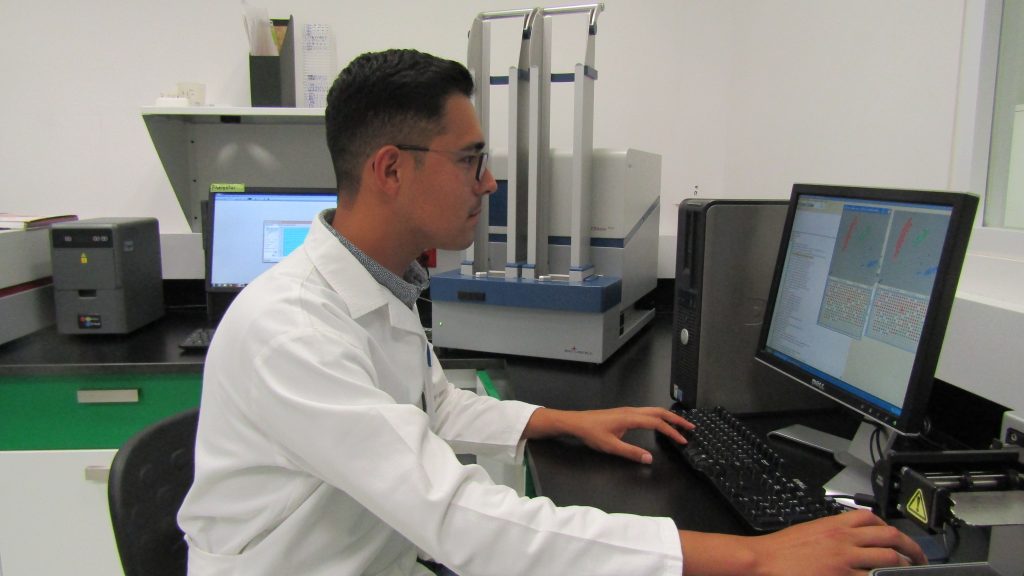
To meet the demand for wheat from a rising and quickly urbanizing population, wheat yields in farmers’ fields must increase by an estimated 1.5% each year through 2030.
Of all the factors that influence yield, grain weight is the trait that is most stable and heritable for use in breeding improved wheat varieties. Breeders measure this by thousand grain weight (TGW).
Over the years, molecular scientists have made efforts to identify genes related to increased TGW, in order to speed up breeding through marker-assisted selection (MAS). Using MAS, breeders can select parents that contain genes related to the traits they are looking for, increasing the likelihood they will be passed on and incorporated in a new variety.
There have been some limited successes in these efforts: in the past years, a few genes related to increased TGW have been cloned, and a set of genetic markers have been determined to be used for MAS. However, the effects of most of these candidate genes have not yet been validated in diverse sets of wheat germplasm throughout the world that represent the full range of global wheat growing environments.
A group of wheat geneticists and molecular breeders from the International Maize and Wheat Improvement Center (CIMMYT) has recently conducted a thorough study to confirm the effects of the favorable alleles reported for these genes on TGW in CIMMYT wheat, and to identify new genetic determinants of this desired trait.
They found some good news and some bad news.
First, the good news: focusing on more than 4,000 lines of CIMMYT wheat germplasm they found 15 haplotype blocks significantly associated with TGW. Four haplotype blocks associated with TGW were also associated with grain yield — a grand prize for breeders, because in general the positive association of grain yield with TGW is less profound and sometimes even negative. However, of the 14 genes that had been previously reported to increase TGW, only one in CIMMYT’s 2015-2016 Elite Yield Trial and two in Wheat Associative Mapping Initiative panel were shown to have significant TGW associations.
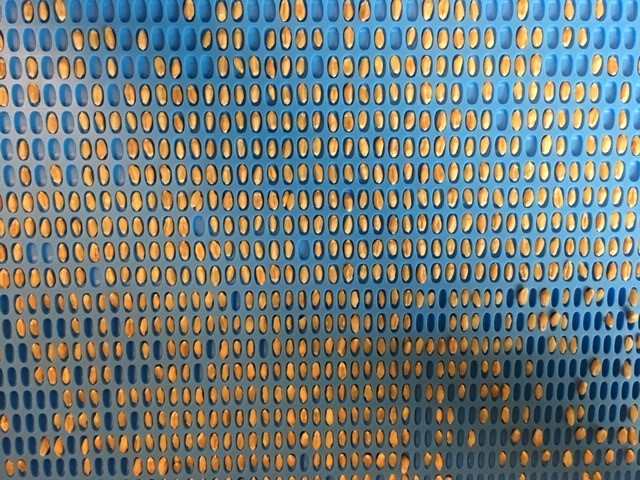
The scientists also found that the alleles — pairs of genes on a chromosome that determine heredity — that were supposedly favorable to TGW actually decreased it. These candidate genes also appear to vary in their TGW effects with genetic background and/or environment.
Thus, these findings also provide a foundation for more detailed investigations, opening the door for more studies on the genetic background dependence and environment sensitivity of the known candidate genes for TGW.
“Our findings indicate that it will be challenging to use MAS based on these existing markers across individual breeding programs,” said Deepmala Sehgal, CIMMYT wheat geneticist and the primary author of the study.
However, efforts to identify new genetic determinants of TGW were promising. The authors’ study of CIMMYT germplasm found one locus on chromosome 6A that showed increases of up to 2.60 grams in TGW and up to 258 kilograms per hectare in grain yield.
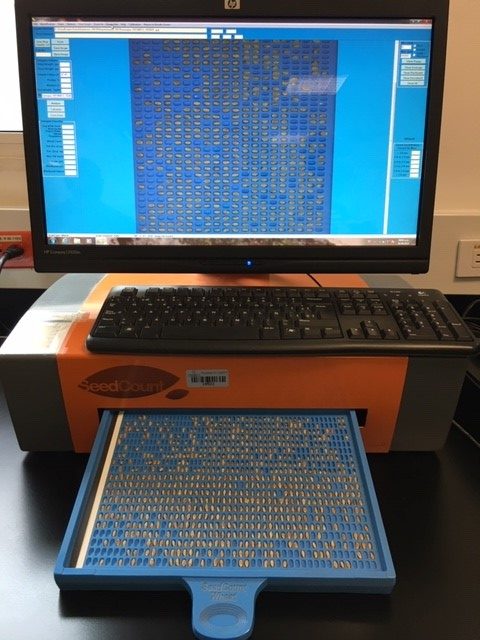
This discovery expands opportunities for developing diagnostic markers to assist in multi-gene pyramiding — a process that can derive new and complementary allele combinations for enhanced wheat TGW and grain yield.
Most of all, the study highlights the strong need for better and more validation of the genes related to this and other traits, so that breeders can be sure they are using material that is confirmed to increase wheat grain weight and genetic yield.
“Our findings are very promising for future efforts to efficiently develop more productive wheat in both grain weight and grain yield,” said Sehgal. “This ultimately means more bread on household tables throughout the world.”
“Validation of Candidate Gene-Based Markers and Identification of Novel Loci for Thousand-Grain Weight in Spring Bread Wheat” in Frontiers in Plant Science by Deepmala Sehgal, Suchismita Mondal, Carlos Guzman, Guillermo Garcia Barrios, Carolina Franco, Ravi Singh and Susanne Dreisigacker was supported by funding from the CGIAR Research Program on Wheat (WHEAT), the Delivering Genetic Gain in Wheat (DGGW) project funded by the Bill & Melinda Gates Foundation and the UK Department for International Development (DFID), and the US Agency for International Development (USAID) Feed the Future Innovation Lab for Applied Wheat Genomics.
Read the full article here: https://doi.org/10.3389/fpls.2019.01189
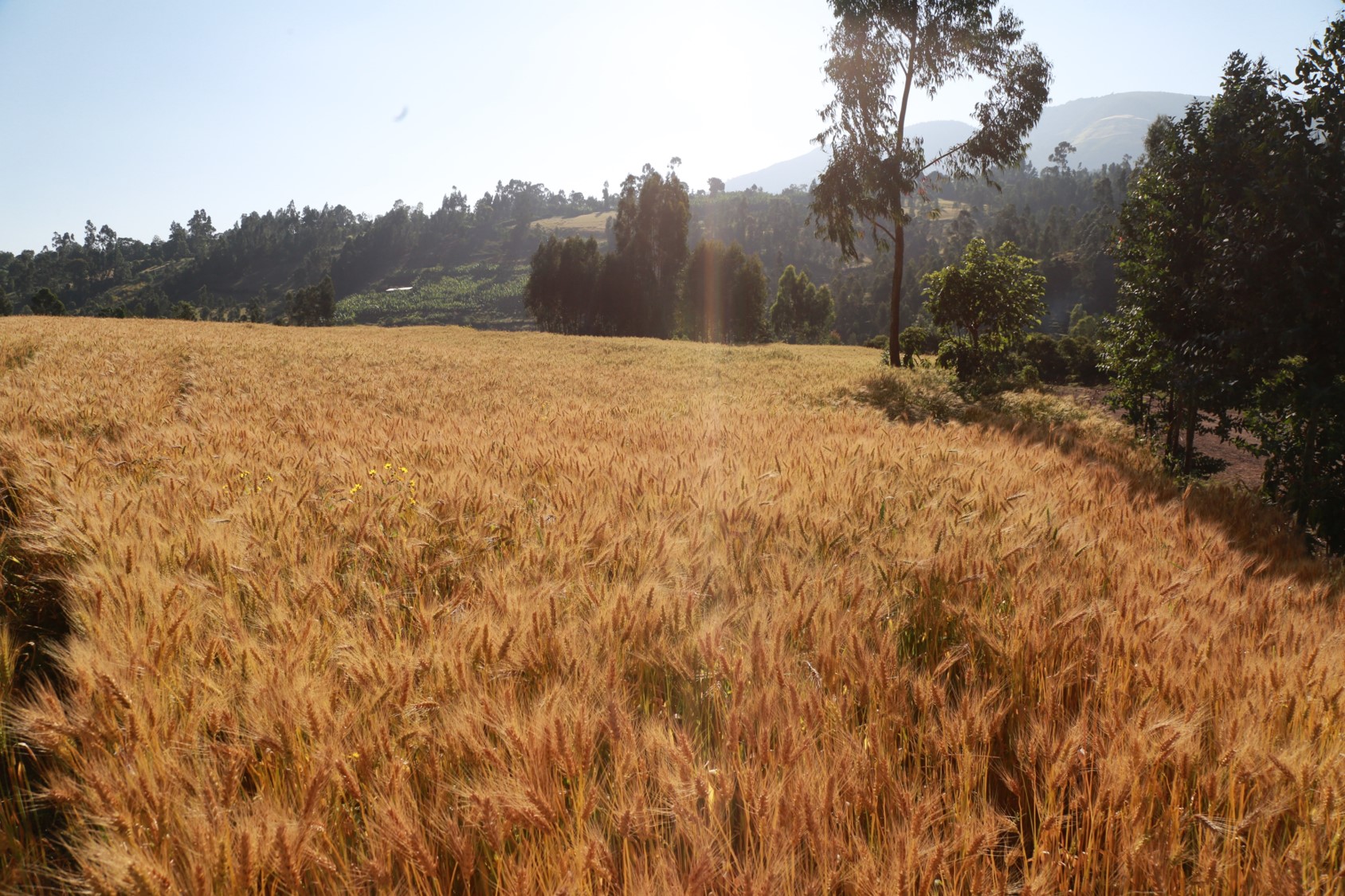
 Innovations
Innovations 